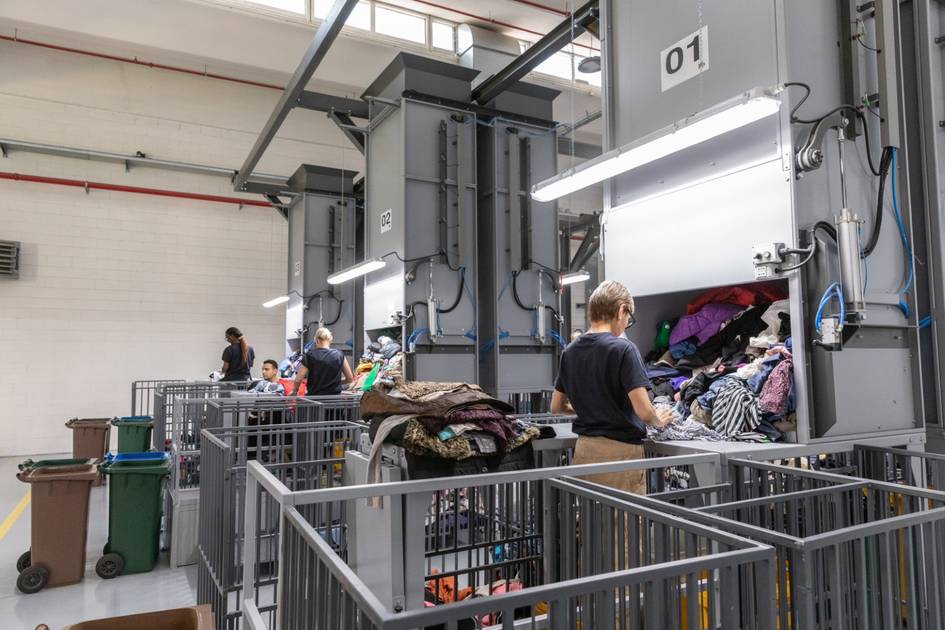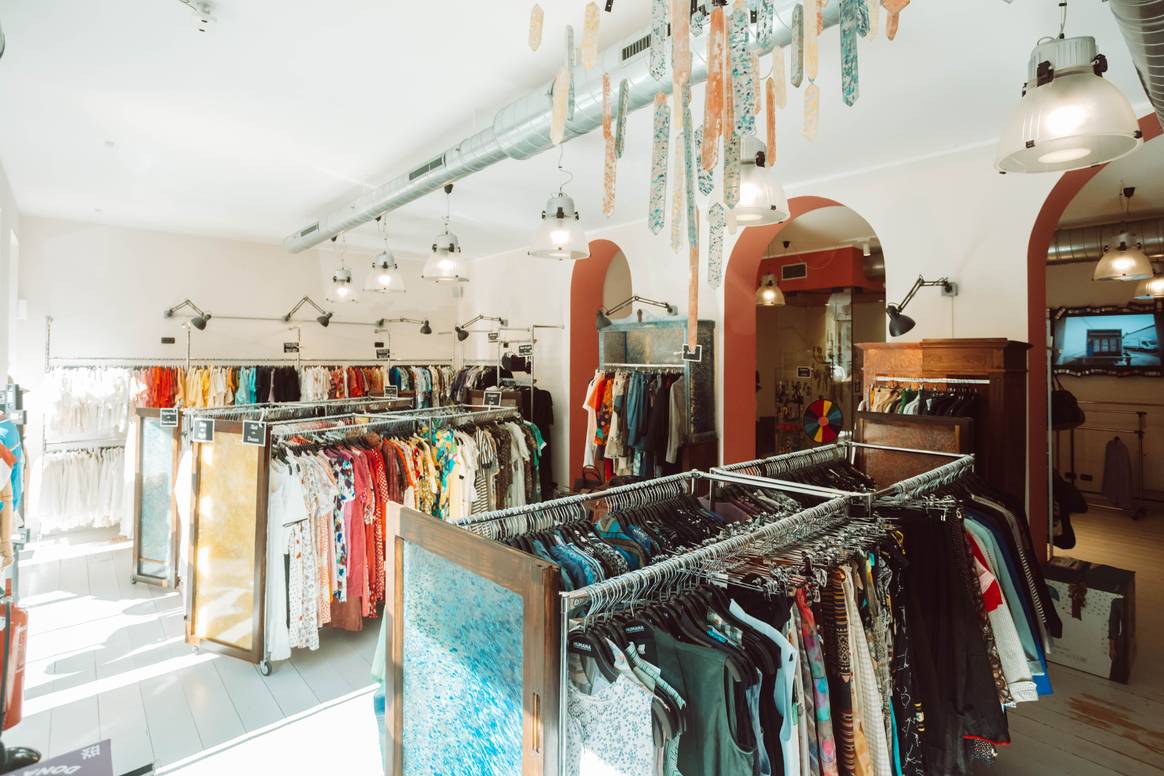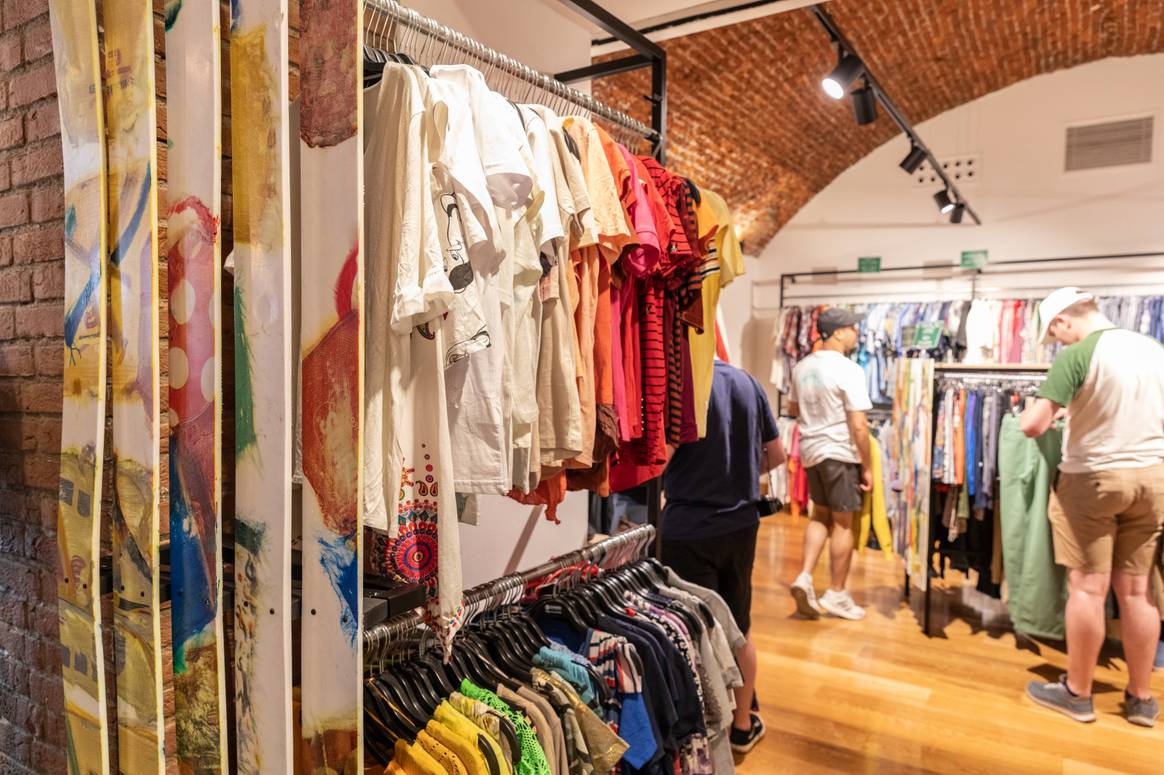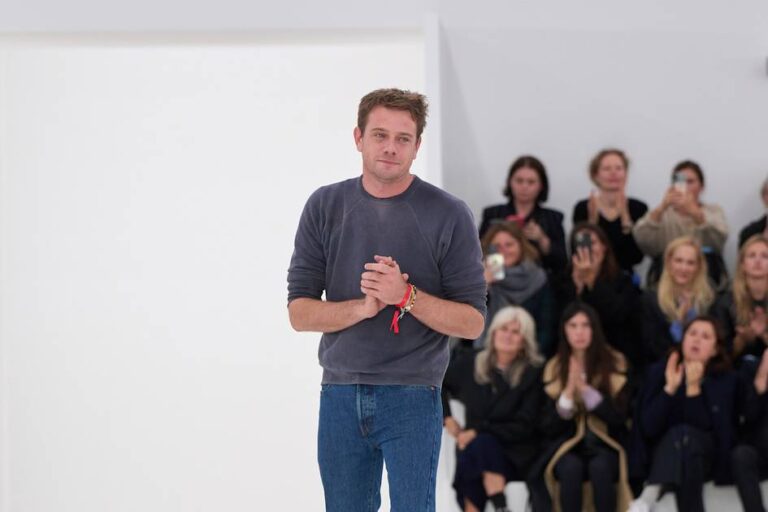How Fast Fashion Impacts the Second-Hand Market and Solutions to Help

June concluded with a severe blow to Europe’s post-consumer textiles industry: Texaid Germany has declared insolvency. This development is a major setback for the organization and the larger ecosystem focused on reuse and recycling. Just when European policymakers are starting to recognize the significance of textile waste, the essential infrastructure to support their goals is deteriorating.
Understanding the Impact of Textile Waste
However, my primary concern does not lie with textile waste itself. The UNEP’s 2020 report titled “Sustainability and Circularity in the Textile Value Chain” indicates that the end-of-life phase contributes less than 1% of the environmental impact of the global apparel industry. A staggering 75% of negative impacts occur during the production phase. Therefore, extending the lifespan of clothes is not just logical; it is crucial.
Karina Bolin serves as the Circular Textiles Director for Global North at Humana People to People, a non-profit that has promoted a circular textile economy for over 40 years by collecting, sorting, and selling used clothing to create green jobs and minimize environmental impact.
Bolin has been instrumental in developing efficient second-hand clothing systems and collaborates with municipalities and industry players to establish guidelines for textile circularity.
The Consequences of a Failing System
Since the 1980s, wealthier citizens in the global North have consistently produced surplus wardrobes, which were happily donated to charitable organizations. Humana People to People recognized this need and gradually developed a global network of second-hand clothing businesses, funding social projects while providing affordable clothing to the global South.
Today, the appeal of the second-hand clothing market transcends mere poverty issues; it is valued for its sustainability and unique aesthetic. This new paradigm encourages a beautiful exchange where individuals can swap clothes, creating a cycle of shared fashion without the need for new production. However, this model necessitates repair, care, and creative redesign—practices that are often lacking in the global North but widely practiced in Africa, which boasts the largest reuse market.
The Rise of Fast Fashion
With the advent of fast fashion in the early 2000s, and now ultra-fast-fashion post-pandemic, the landscape has shifted drastically. Disruptive manufacturing and logistics have driven costs down, while new marketing strategies have fueled consumption. This has coincided with a 36% decline in average wear time, as noted by the Ellen MacArthur Foundation.
Despite the increasing global demand for second-hand clothing, the market is currently in turmoil. Factors such as the Ukraine war—particularly as it was a key destination for second-hand garments—soaring energy prices, and a stagnant economy have all contributed to this crisis. More fundamentally, the market conditions have undergone a structural change.
Challenges Facing the Second-Hand Market
The average quality of used garments has declined. As manufacturers cut costs on raw materials and tailoring, clothes now fade and lose shape more quickly, diminishing their reuse value. A recent study from the Dutch Ministry of Environment and Infrastructure noted that reuse rates at textile sorting centers plummeted from 80% to 50% in recent years.
Moreover, ultra-fast-fashion brands exert additional pressure. Their low prices make it increasingly difficult for second-hand shops in Europe to turn a profit. Non-reusable items are also problematic; recyclers are often unwilling to pay for them due to the ample supply of quality post-consumer waste available to meet limited market demands.
Additionally, there is an overwhelming surplus of used textiles on the market. In China, the value of exported second-hand clothes surged by 600% over a decade, reflecting the rise of a middle-class with evolving consumption habits—this trend is unlikely to reverse.
The competitive edge that second-hand clothing once enjoyed is shrinking. Price remains a primary motivation for consumers shopping second-hand, but low-cost new items are now closely competing. Even in Mozambique, one of the world’s poorest nations, South African fast fashion brands dominate local shops, as highlighted by a recent report from ADPP Mozambique, affiliated with Humana People to People.
The Future of the Second-Hand Textiles Industry
In this challenging environment, the businesses dedicated to collecting, sorting, and selling used textiles are struggling to survive. Many operators are facing bankruptcy, and the circular fashion industry is at risk of losing its most valuable assets.
Action Steps for Survival
So what actions can be taken? First, implementing Extended Producer Responsibility (EPR) is essential. This policy can effectively gather funds to cover waste segregation costs and stimulate recycling efforts, keeping the post-consumer textiles sector afloat. With EPR funds, reuse operators and recyclers can receive compensation, even if market pricing falls short.
Additionally, advocating for high-quality garments through ecodesign requirements is crucial. The EU is laying the groundwork for this in its Ecodesign for Sustainable Products Regulation. Determination and rigorous enforcement are needed to ensure compliance for all products entering the EU market.
Moreover, applying customs tariffs and VAT to online fast-fashion purchases is key. Global marketplaces often enable cheap textiles to reach European consumers while evading taxation and safety protocols. This creates an unbalanced playing field for sustainable producers. Lowering VAT on circular products and services could further enhance their market position.
Lastly, targeting consumer behavior is vital. The French anti-fast fashion law serves as a model; banning advertisement should be on the table. Transitioning will require cultural change, much like the societal shift away from tobacco use, driven by high taxes, advertising bans, and public health initiatives. The World Health Organization noted a significant decrease in global tobacco consumption from 2000 to 2020 as a result.
Conclusion
We possess the tools and knowledge to act decisively. The global second-hand clothing sector represents a valuable asset for both environmental sustainability and international development. Let’s aim to fill our wardrobes with 50% second-hand clothing. It’s a bold yet stylish goal.

Sources:
1. United Nations Environment Programme ‘Sustainability and Circularity in the Textile Value Chain’ (2020)
2. Ellen MacArthur Foundation ‘A New Textiles Economy: Redesigning fashion’s future’ (November 2017)
3. Inspectie Leefomgeving en Transport (ILT) report ‘Fast fashion undermines the circular textiles value chain’ (June, 2025)
4. Current status of Mozambique’s second-hand clothing market, by Consulting for Africa *CFA) and Abalon Capital Limitada
5. WHO global report on trends in prevalence of tobacco use 2000–2030, WHO 2024.

What are your thoughts on the future of the second-hand textiles industry?





